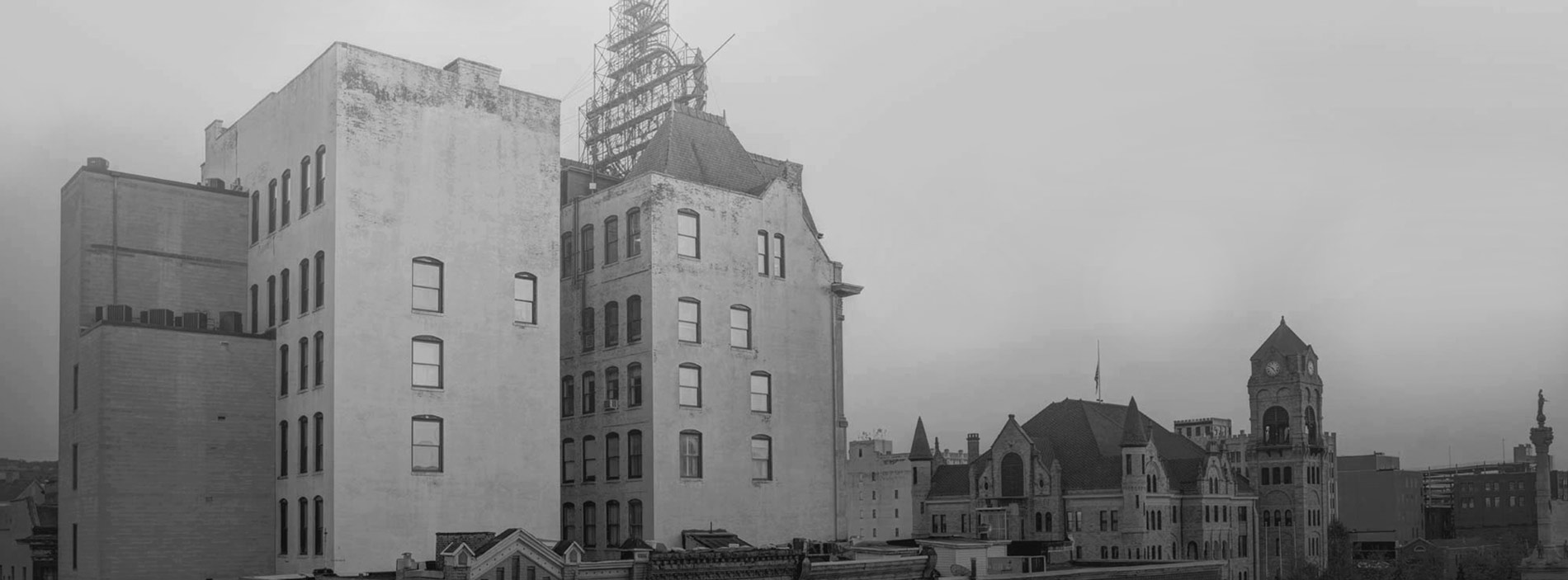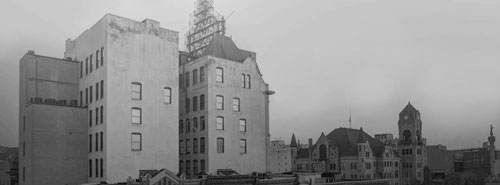Even when Northeastern Pennsylvania has a mild winter, construction workers will face life-threatening hazards — maybe even more because weather conditions might allow more activity on construction sites. Although the Occupational Safety and Health Administration says all construction accidents are preventable, noncompliance with safety regulations often lead to serious on-the-job injuries — some of which are fatal. However, if you establish safe work policies for yourself, you might avoid spending the holidays in the hospital.
The Bureau of Labor Statistics says the most common workplace injuries result from slips, trips and falls. If you start your safety regime with a focus on those hazards, you will already be significantly safer than if you put all your trust in your employer to protect you. Awareness of potential dangers will allow you to take precautions.
Falls
While tripping and slipping cause a significant percentage of construction site falls, make sure you also take note of the following additional fall hazards:
- Ladders, scaffolds and lifting equipment pose fall hazards that could lead to catastrophic, life-changing injuries and fatalities.
- Elevated work areas also pose risks to factory workers, linemen, roofers and more.
- OSHA regulations include the requirements to install toe boards and guardrails on all edges that pose fall hazards.
You must insist on fall protection equipment like harnesses, ropes, and lanyards with secure anchors whenever you work on elevated areas, and make sure you receive adequate training in the proper use of such equipment.
Trip hazards
There is no end to the list of objects that can pose trip hazards. However, taking the following precautions can eliminate most of them:
- Understand that any object in a walkway can cause you to trip and fall.
- To eliminate such hazards, clearly define aisles and walkways, and keep them free of debris and randomly placed objects.
- Always pick up any dropped items, and make sure your co-workers do the same.
- Remove or secure loose floor coverings and snaking power cords where workers walk.
- Ensure proper lighting in all areas, and replace fused light bulbs immediately.
- Wear suitable footwear with non-slip soles.
Trips typically cause the victim to fall forward, and the instinct to break the fall often causes hand, wrist or arm fractures. You could also suffer knee injuries if you should fall forward.
Slip hazards
If there is insufficient traction for you to maintain your footing, you can slip and fall. While wet spots are common slip hazards, you can also take note of the following:
- Identify chronically wet areas, and if there is no solution, consider improved drainage and fitting non-slip mats in those areas.
- Anchor loose rugs, carpets and mats securely.
- Clean up wet spills immediately, taking note that oily and soapy liquids pose significant hazards.
- Take particular care in areas where solvents, machine oils and other substances could spill.
- Handrails can provide protection on stairways and other slippery areas.
Slipping usually has the victim falling backward, and injuries could include shoulder or hip fractures. Slip-and-fall accidents could even lead to spinal damage or traumatic brain injuries.
Seeking financial assistance
Regardless of all your precautions, you might suffer an accidental fall on the construction site. Mountains of medical bills and lost wages could put a damper on the upcoming festivities. Fortunately, legal counsel with experience in dealing with the Pennsylvania workers’ compensation system can help you to get the wheels rolling immediately with a benefits claim. The program will pay your medical bills, and you might receive compensation to cover lost wages if your injury caused a temporary disability.


